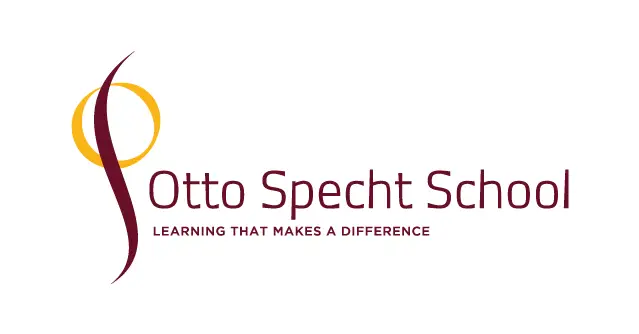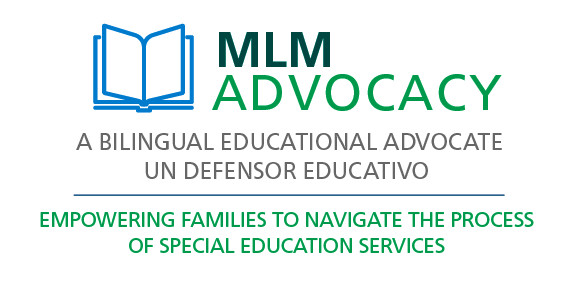
Windward School Installs EEG Labs as part of the Windward/Haskins Collaborative Project
The school's former headmaster counts this collaboration as a major event in Windward's 93-year history.
Get kid-friendly activities sent to you!
Get the Best Family Activities
The Haskins Global Literacy Hub’s mission is to improve language and literacy outcomes for children who are at risk for reading deficiencies across all languages and cultures.
Dr. Kenneth Pugh, President and Director of Research as well as Senior Scientist at Haskins Laboratories, said that the collaborative initiative between Haskins and Windward is a mutualistic relationship. “There's an acute need for both sides of the equation to be teaching each other," Pugh said. "Our scientists have the research tools, and Windward teachers have the expertise in educating children with one of the best educational programs to remediate children with language-learning disabilities. We all need to be speaking the same language to produce better outcomes for students by understanding how they interact with learning environments and the ways their genes, brain and cognition work in learning environments."
According to the overview on The Windward School’s website for the Windward/Haskin’s Laboratories Collaborative Project, the partnership will start out by establishing state-of-the-art labs at The Windward School’s Manhattan and Westchester campuses. This is where the EEG labs come into play, as Haskins scientists and Windward teachers will conduct in-school research using neurocognitive measures to assist them in better understanding which different types of instructional strategies work best for each student. This is a step toward individualized brain-based instructional programs. Cognitive and brain imaging research will also take place in an attempt to improve the early diagnosis procedures of language-based learning disabilities for at-risk preschool children.
According to The Windward School’s website, “a joint Windward/Haskins training and professional development program will be created for educators, clinicians, researchers, and other stakeholders so that critical research-to-practice goals can be achieved.”









